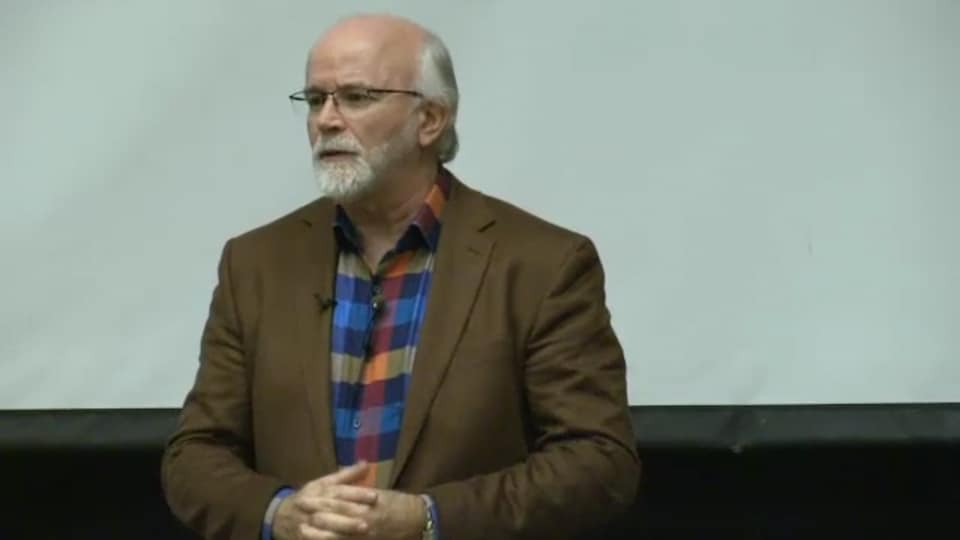Right next to canola and potash, innovation in ALS research is one of Canada’s greatest exports.
One of the key contributors to U of T’s innovation is Dr. Michael Strong, dean of the Schulich School of Medicine and Dentistry. In addition to being a prominent researcher and educator in the field, Strong is also a former member of the ALS Society of Canada Board of Directors.
In a talk hosted collaboratively by the Royal Canadian Institute of Science (RCIS) and the Gairdner FOundation earlier this month, Strong spoke to the current state of ALS research in Canada.
Despite generous funding, rigorous institutional effort, and the unprecedented media attention in the form of the viral “ice bucket” challenge, ALS research is progressing at a relatively slow pace.
As Strong described it, the main obstacle in finding an ALS cure is the nature of the disease itself. ALS results from any number of genetic mutations or glitches, all leading to a multitude of cellular abnormalities that vary greatly from one patient to another. “I liken this to coming across a train wreck: I can only arrive at the end.” Strong said.
During the lecture, Strong discussed his own recent findings on the development of ALS at the cellular level. Strong and his team noticed that three highly crucial filament-like proteins, FUS, TDB-43, and RGNF — previously known to be complicit in one specific pathway leading to ALS — together formed an abnormal protein ‘bundle’ in nerve cells, as observed in a series of spinal cord autopsies.
This structure stops these proteins from performing their usual function of delivering important genetic code known as “mRNAs” to various parts of the cell. Ultimately, this lack of signalling leads to cell death, and the atrophy of nerves and muscles.
Strong believes it is no accident that these detrimental proteins happen to mutate simaltaneously. He speculates that an injury to the nerve cells must have occurred very early on, to which the cells respond by sending a ‘repair package’ composed of a number of important proteins. However, these proteins malfunctioned in some way, leading to the development of the disease.
This represents a fundamental shift from our previous understanding of ALS wherein cellular abnormalities, such as the formation of protein bundles, were thought to be ground zero for the manifestation of the disorder. This knowledge could define the next series of experiments in the field, prompting scientists to take a few steps back and look for a common root cause.


